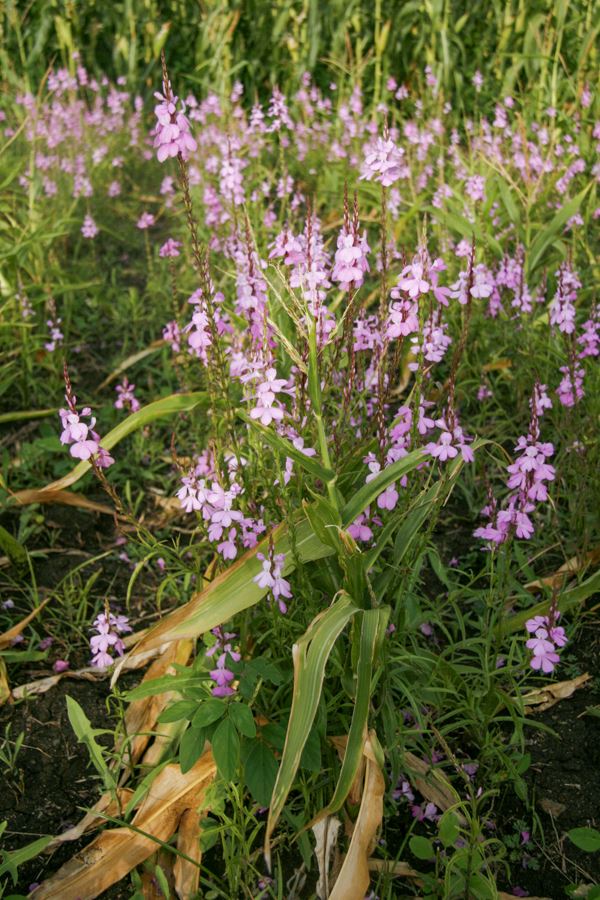As part of the effort to bring push-pull beyond its limitations to the next level, UPSCALE partner, Jomo Kenyatta University of Agriculture and Technology (JKUAT), conducted a needs assessment involving farmers and key informants involved in agriculture in Kisumu, Siaya and Vihiga counties in Kenya. The aim of these activities in the project is to evaluate the effectiveness of push-pull systems under selected sustainable intensification (SI) pathways comparing their performance using common indicators of SI such as productivity (yield, fodder production), carbon sequestration (soil organic carbon), crop water availability, nutrient balance and the population of weeds (Striga), insect pests and natural enemies.
Based on the outcomes of the assessment, JKUAT designed three options to expand push-pull from cereal to other important crops and cultivation systems. The options are based on a synthesis of views shared by stakeholders regarding priority crops and cropping systems; push-pull system, its strengths and weaknesses; and farmers’ needs and aspirations; and opportunities for further intensification of push-pull.
 Sylvia Imbuhila, a Ph.D. student at JKUAT shares feedback on options available for expanding the scope of push-pull during a meeting with farmers at Ndira B village in Siaya.
Sylvia Imbuhila, a Ph.D. student at JKUAT shares feedback on options available for expanding the scope of push-pull during a meeting with farmers at Ndira B village in Siaya.Options for expanding the scope of push-pull
The discussions revealed a wide diversity of crops grown in the region, including cereals, legumes, vegetables, trees and shrubs. However, maize dominates the landscape and is a major staple crop for majority of the households in the region. Farmers mentioned intercropping, livestock integration, use of fertilizers and organic manure, crop rotation, agroforestry, conservation agriculture and good agronomic practices as the main practices they use to sustainably increase crop yields. They further indicated that most of the practices are compatible with push-Jpull. Moreover, that such integration would improve crop yield and meet the current need for firewood and fodder, diversify their diets, create additional income, and improve the ecological performance of the system. Farmers however emphasized the need for training to enhance their capacity to manage push-pull under new a cropping system.
 Rodgers Oliech (Technician, ICIPE) sharing UPSCALE brochures with farmers at Yenga village in Kisumu County.
Rodgers Oliech (Technician, ICIPE) sharing UPSCALE brochures with farmers at Yenga village in Kisumu County. Martin Abong’ in one of the experimental trials in Kosio village in Kisumu. Pigeon pea is planted in alternating rows with desmodium.
Martin Abong’ in one of the experimental trials in Kosio village in Kisumu. Pigeon pea is planted in alternating rows with desmodium. 
